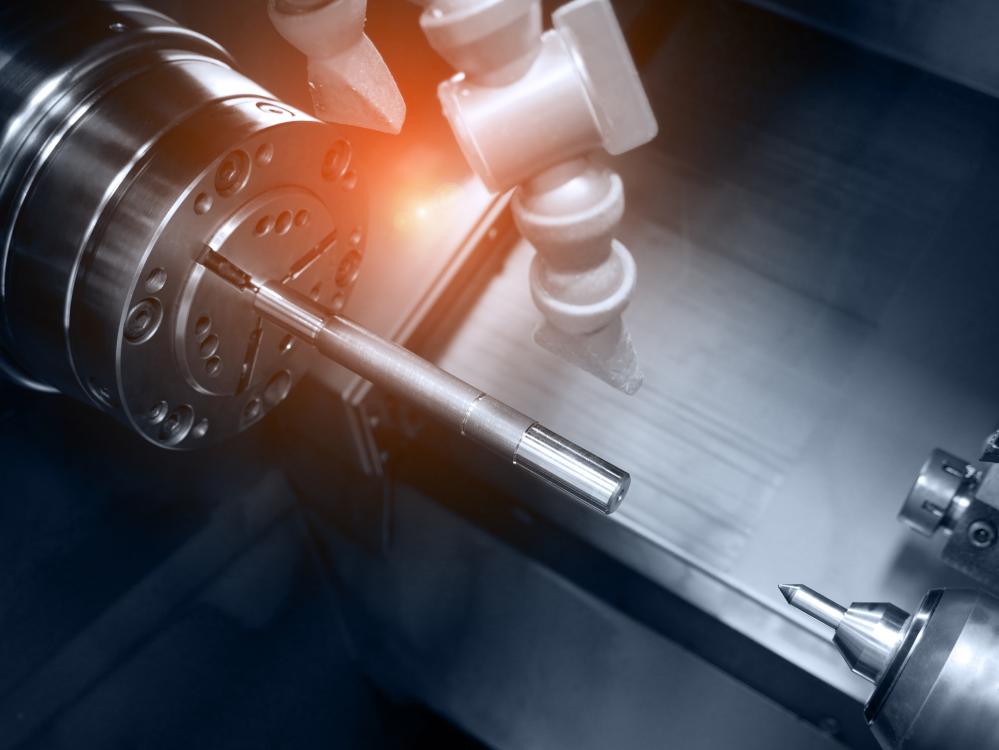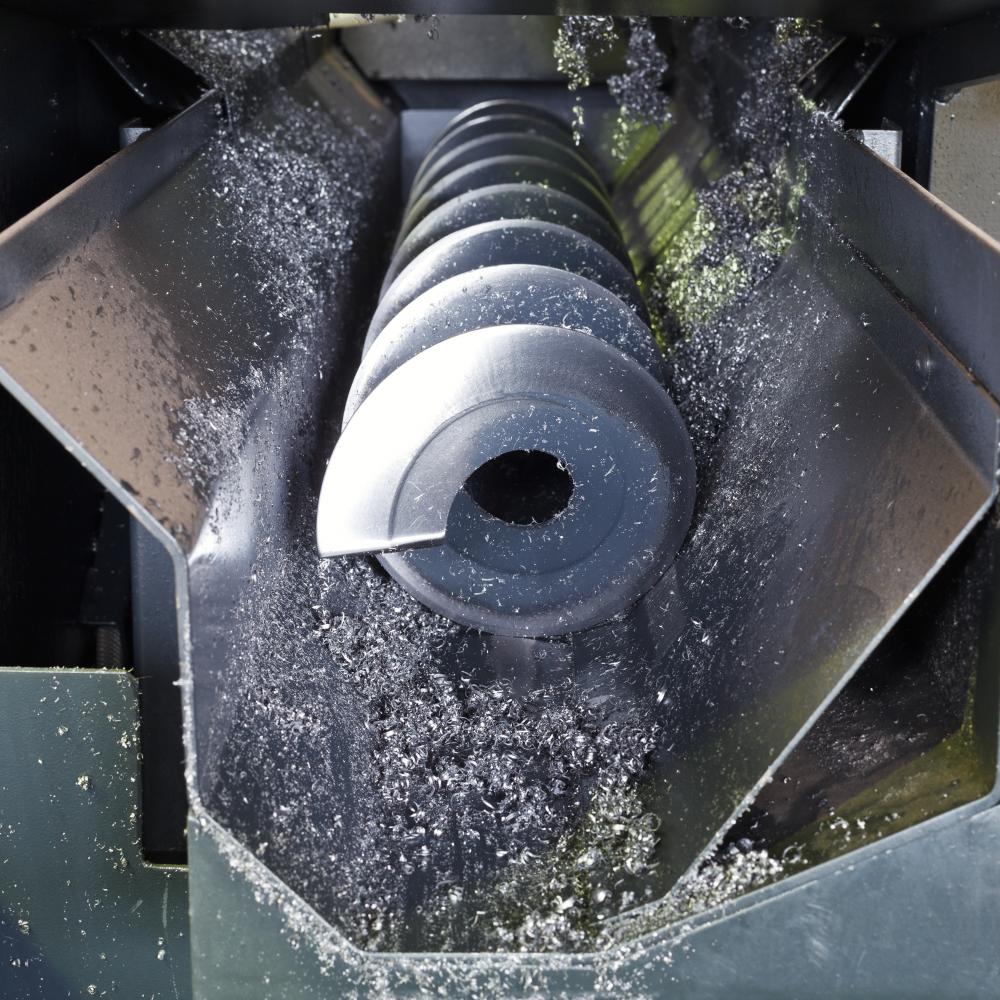
Introduction to CNC Machining
At Anco Precision Inc., we’ve dedicated over four decades to mastering the art and science of CNC machining. This innovative manufacturing process has revolutionized how parts are made, offering unparalleled precision and efficiency. By directing tools and machinery with sophisticated computer software, CNC machining allows us to craft highly complex parts with exacting accuracy. Our family-owned business takes pride in leveraging this technology to meet the diverse needs of industries like aerospace, automotive, medical, and marine.
The Heart of CNC Machining
CNC machining stands at the core of our operations. The term refers to Computer Numerical Control machining, a method where pre-programmed software and code control the movement of our equipment. This process not only surpasses the capabilities of manual control but also enhances the precision and repeatability of manufacturing tasks. Whether it’s CNC milling or turning, our skilled machinists use state-of-the-art equipment to bring ideas to life.
CNC Machine Programming
Programming is a critical phase in CNC machining, involving the translation of a CAD drawing into a language that machines can understand – commonly known as G-code. At Anco Precision Inc., our programmers are adept at writing and refining this code to ensure each project is executed flawlessly.
Types of CNC Machines
Our facility boasts a diverse range of CNC machines, each designed for specific functions – from mills and lathes to plasma cutters and water jet machines. This versatility enables us to undertake a broad spectrum of projects, ensuring we can meet virtually any manufacturing challenge.
Advantages of CNC Machining
One of the most significant benefits of CNC machining is its precision. The digital template and autonomous machining virtually eliminate human error, achieving accuracy that manual processes can’t replicate. Additionally, CNC machining is highly efficient, reducing production time and costs. Our commitment to this technology reflects our dedication to delivering the best value to our clients.
Industries We Serve
From government agencies and aerospace giants to individual inventors, our client base is as varied as the projects we undertake. This diversity challenges and inspires us to push the boundaries of CNC machining, continually improving our techniques and outcomes. Our experience across industries also allows us to offer valuable insights into the design and manufacturing process, ensuring optimal results for every project.
Our Commitment to Quality
Quality is not just a buzzword at Anco Precision Inc.; it’s the foundation of everything we do. Each project undergoes rigorous quality control checks to ensure it meets our high standards and, more importantly, our clients’ expectations. This attention to detail is one reason why customers return to us time and again for their CNC machining needs.
Why Choose Anco Precision Inc.?
Choosing a CNC machining partner is a decision that can significantly impact the success of your project. With Anco Precision Inc., you’re selecting a team with a proven track record, state-of-the-art equipment, and a deep commitment to customer satisfaction. Our experience, coupled with a genuine passion for what we do, sets us apart.
Instant Quotes Online
In today’s fast-paced world, efficiency is key. That’s why we offer instant online quotes, making it easy for you to get your projects started without delay. Simply submit your drawing file through our website, and we’ll provide a detailed quote promptly.
Partnership and Collaboration
- We view every project as a partnership, working closely with you from concept to completion.
- Our team offers personalized service, ensuring we understand your needs and objectives.
- By combining our expertise with your vision, we can achieve outstanding results.
Conclusion
At Anco Precision Inc., CNC machining is more than just a service we offer; it’s a passion that drives us to excel. Our dedication to precision, quality, and customer satisfaction has established us as a leader in the industry. If you’re looking for a trusted partner to bring your project to life, look no further. Contact us today to see how we can make your vision a reality.

What does CNC mean in machining?
When we talk about CNC in machining, we’re referring to Computer Numerical Control. This is essentially the brain of our machines here at Anco Precision Inc. Imagine you’re baking a cake, and you have a recipe that tells you exactly how much of each ingredient to add and in what order. CNC is like that recipe for our machines. We input instructions and parameters into a computer program, and the CNC system then takes over, guiding our mills, lathes, or plasma cutters with incredible precision. It’s this technology that lets us create parts with tolerances that are tighter than a frog’s waterproof skin, ensuring everything fits together perfectly in the end.
What does a CNC machinist do?
A CNC machinist at Anco Precision Inc. is a bit like a conductor of an orchestra. They don’t just press buttons on a machine and watch it go. Instead, they’re deeply involved in the entire machining process – from interpreting the CAD designs, selecting the right tools and materials, setting up the machines, and inputting the G-code, to performing the actual machining, monitoring the process, and making adjustments as needed. It’s a role that blends technical knowledge, problem-solving skills, and hands-on ability to create something tangible. Every day is different, with new challenges and projects that push the boundaries of what’s possible with CNC machining.
Is there money in CNC machining?
Absolutely, there’s money in CNC machining, and it’s not just in the coins we might mill. CNC machining has become indispensable across a wide array of industries, from aerospace to medical devices. The demand for precision parts, rapid prototyping, and complex manufacturing solutions has never been higher. At Anco Precision Inc., we’ve seen firsthand how investing in top-tier technology, skilled machinists, and efficient processes can lead to significant returns. It’s not just about making things; it’s about solving problems for our clients, improving efficiency, and delivering value that goes beyond the price tag.
How does a CNC machine work?
Imagine if you could draw a picture, then tell a robot exactly how to recreate that drawing on a piece of metal, wood, or plastic. That’s essentially what’s happening with a CNC machine. We start with a computer-aided design (CAD) drawing of the part we want to create. This design is then converted into a computer-aided manufacturing (CAM) program, which translates it into a language the machine can understand – known as G-code. This code instructs the machine on every move to make, from where to cut, how deep, at what angle, and even how fast. The CNC machine then uses tools like drills and end mills to carve out the part from the raw material. It’s precise, it’s efficient, and it lets us create complex shapes and features that would be nearly impossible to achieve by hand.
Why is CNC machining preferred over traditional manufacturing methods?
There are several reasons why CNC machining has become the go-to over more traditional manufacturing methods. For starters, the level of precision it offers is unbeatable. We’re talking about tolerances that can be as tight as one-thousandth of an inch. Then there’s the versatility – with CNC machining, the same setup can produce a wide variety of parts, allowing for efficient small-batch production or customization without a significant increase in cost or time. Additionally, CNC machining can handle materials that are difficult or even impossible to work with manually, from super-hard metals to complex polymers. At Anco Precision Inc., we’ve seen how this flexibility, coupled with the speed and accuracy of CNC machining, can dramatically accelerate the development cycle, bringing products from concept to market faster than ever before. What traditional method can do all that?
Resources
- National Institute of Standards and Technology (NIST) – NIST provides resources and standards for manufacturing processes, including CNC machining.
- American Machinist – A publication that offers news, trends, and insights into the machining industry, including CNC technology.
- Machining Cloud – A cloud-based platform that provides cutting tool data to optimize CNC machining processes.
- CNC Machining – A Complete Guide – An educational resource that covers all aspects of CNC machining, from programming to applications.
- U.S. Department of Commerce – The Department of Commerce offers information on manufacturing and technology, including CNC machining advancements.
